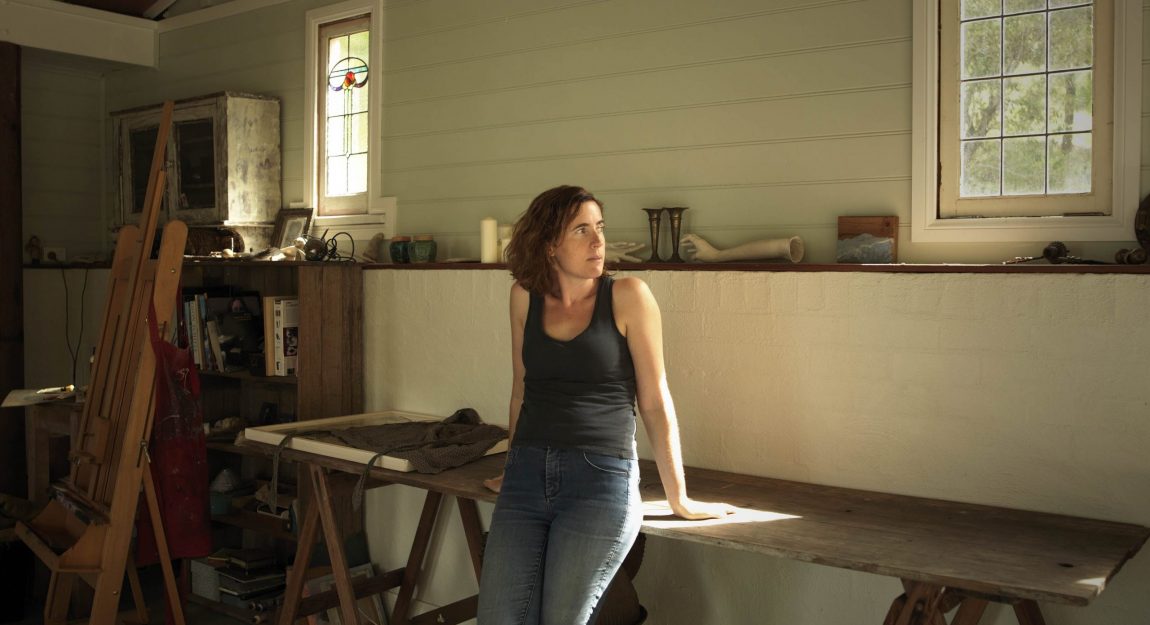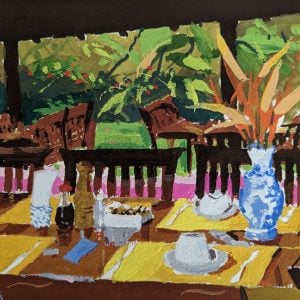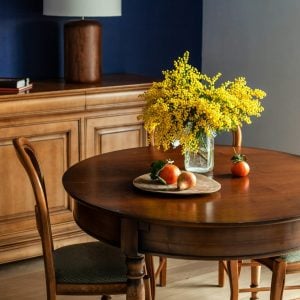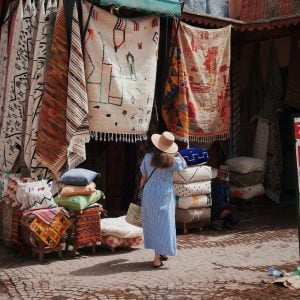Tamara Dean: Celebrated Photographer & 2022 Bluethumb Art Prize Judge
Tamara Dean is an Australian born critically acclaimed artist specialising in photography, installations and performance art. She focuses on the relationship between humans and nature, and explores the rituals in people’s daily lives.
Tamara’s lengthy career has brought her high praise and many awards, winning the 2020 Goulburn Art Prize and the 2019 Moran Contemporary Photographic Prize. Her work has been exhibited in public and private collections in Europe, America and across Australia.
We are super excited to have Tamara on the judging panel for this year’s 2022 Bluethumb Art Prize. With a massive $250,000 prize pool up for grabs, it is not only Australia’s most entered art prize, but now also Australia’s richest!
Stay tuned for the winners announcement 27 October. Until then, click here to see which Bluethumb artworks have caught Tamara’s eye.
From Photojournalist To Photography Artist
Tamara began developing her conceptual art practice while she was working as a photographer at the Sydney Morning Herald from 2001-2014. She was able to identify her strengths from this experience as she was “intensely living and breathing photography”. She then began building her personal portfolio, in which she was able to focus on the themes and narratives she was passionate about.
The body of work Tamara was working on outside of SMH eventually started gaining attention, and she was approached to be included in some small curated group exhibitions. One in particular that stood out for Tamara was Reportage Festival, which was established in 1999 and has grown to become Australia’s leading showcase of international documentary photography. Tamara explains, “it was an incredible experience for me as a young photographer, as I was able to see my work for the first time through other people’s eyes in the context of a broader photographic community”.
In 2008, Tamara made the decision to seek out gallery representation, and this shift from photojournalism to conceptual photography correlated with change in the camera format she used to help create a clear distinction between her works.
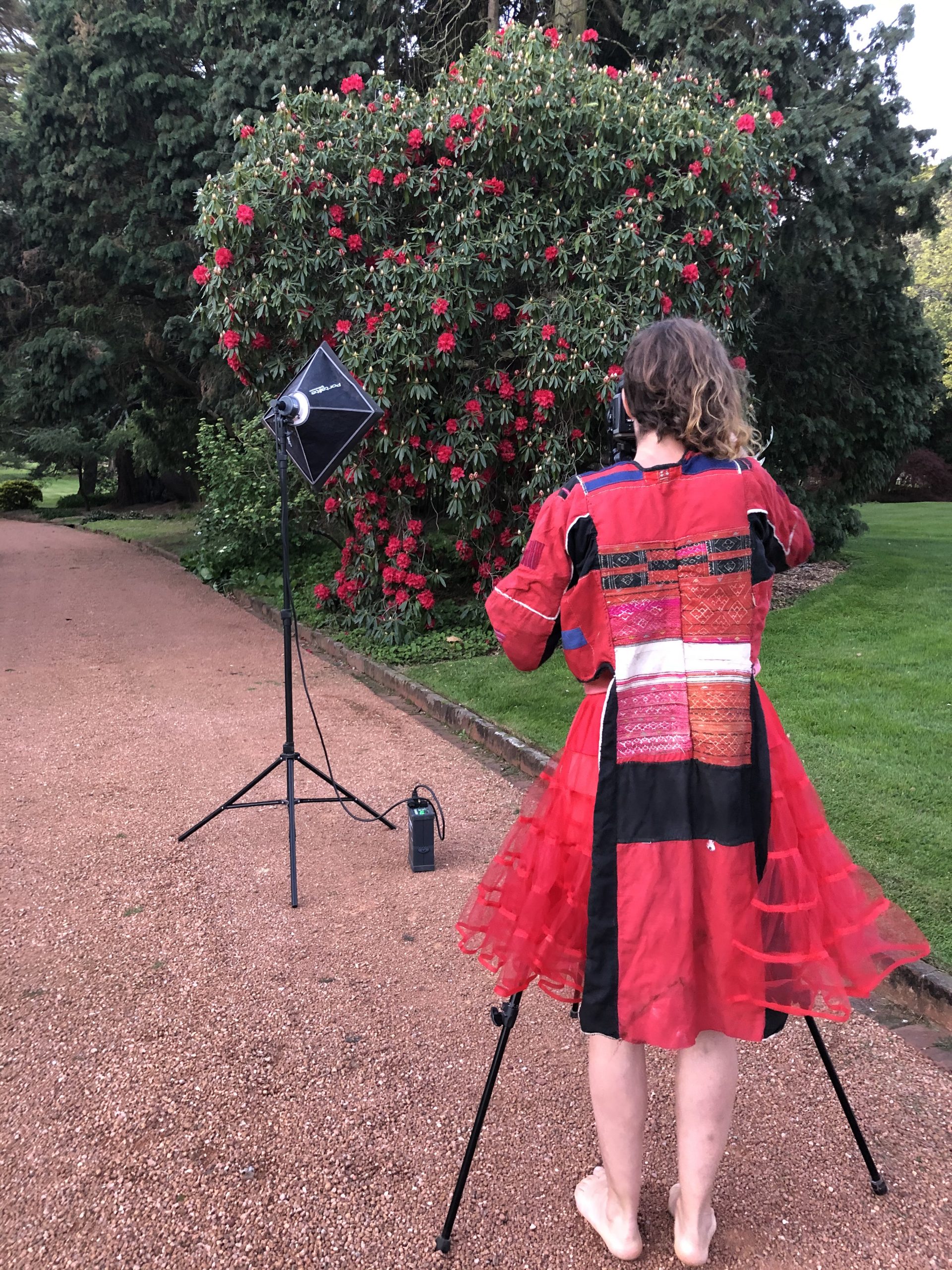
Tamara Dean in action.
Finding Inspiration
As a teenager, Tamara was inspired by the paintings of the pre-Raphaelites, saying she was “taken by the grace, femininity and ease of the women in the landscape.” She aimed to reference contemporary life and current issues, but said she “draws upon an aesthetic of the romantic naturalist world” at the time.
Tamara explains her work is “always set within a series of poetic, subtle images that give context and mood to the broader series.” What began as documenting her friends and cultural environs moved on to themes concerning squatters, motherhood, various subcultures and associated rituals.
The process of creating art is different for everyone and, in Tamara’s case, it’s different for each artwork. For her piece ‘Ebenezer Rock Drop’ she began by putting a call out on Facebook for boys interested in being involved, but she reveals, “funnily enough I didn’t get replies from young men but instead from their mothers and sisters.”
A colleague from work was who showed her the river in the photograph, where her brother and his friends dropped from rocks and swung from rope swings. It was the perfect backdrop for Tamara’s scene, as she wanted to show the leap the young men made, symbolising a ‘rite of passage’ narrative. Tamara explains, “I spent a couple of hours observing them interacting with each other and with the landscape”. Once the setting sun came and lighted the area as Tamara wanted, she started placing them and directing their actions and gestures based on her observations of them. This process allowed the people in the image to still be themselves and show their own personalities, but Tamara elevated this with her direction.
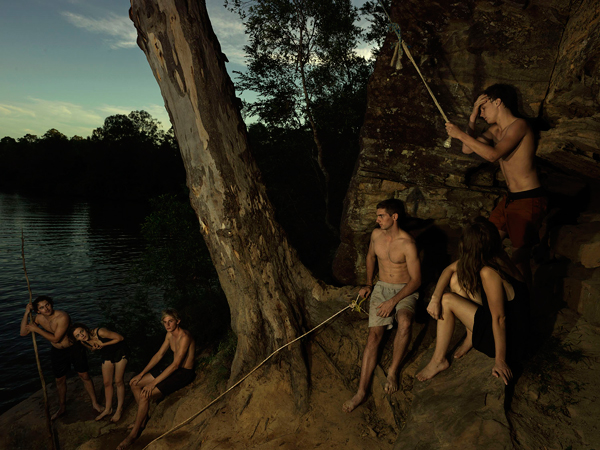
Ebenezer Rock Drop by Tamara Dean
Exploring Installations
‘Here and Now’, showcased in 2015 in UNSW’s Studio One, was Tamara’s first step away from still photography into immersive installation, which was exhibited in 2015 . The project gave her freedom and allowed viewers to use all of their senses and be totally immersed in the piece. Tamara worked with a fragrance artist to create the scent that she felt best accompanied the piece. She said she wanted this addition to “trigger a memory or sensation, in a subtle but powerful way.” Alongside this, Tamara also created an original soundtrack to further help the viewers feel as though they were in bushland, with cicadas and bellbirds enhancing the outdoor atmosphere.
Read more about Tamara’s experimentation with processes in our blog post: Film vs Digital Photography: What’s The Difference?
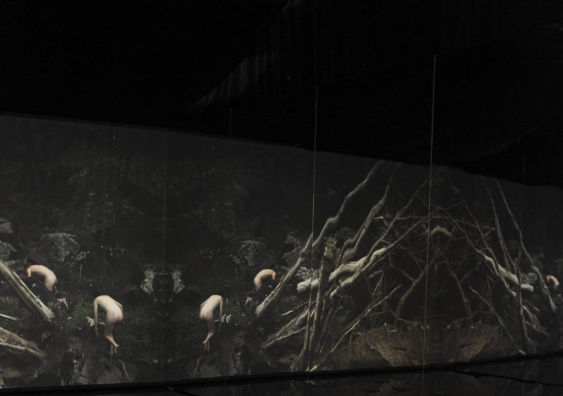
Tamara Dean’s installation ‘Here and Now’. Photo: Heidrun Lohr
Finding Time To Create
Tamara began focussing on her art practice around the same time she had her first child, which resulted in her being time-poor from having less hours in the day to create. “I managed this by going on artist residences where I could have a couple of weeks to focus completely on making work”, she reveals. And while this gave her the opportunity to focus on her art alone in those few weeks, it also meant she was needing to rush the work she did do.
For the past few years, Tamara has had more time to envision, plan and create, resulting in more time for her ideas to simmer. The biggest lesson she has learned through this would be “taking my time and trusting my internal processing.”
When asked what she will be looking for when judging this year’s Bluethumb Art Prize entries, Tamara reveals she is attracted to “work that gives me an emotional response; that is compelling and draws me in on some level, whether that be aesthetically or conceptually.”
Calling all artists! Time is running out to enter Australia’s largest and richest art prize.
With a massive $250,000 prize pool up for grabs, click here to enter free before September 5. Good luck!

